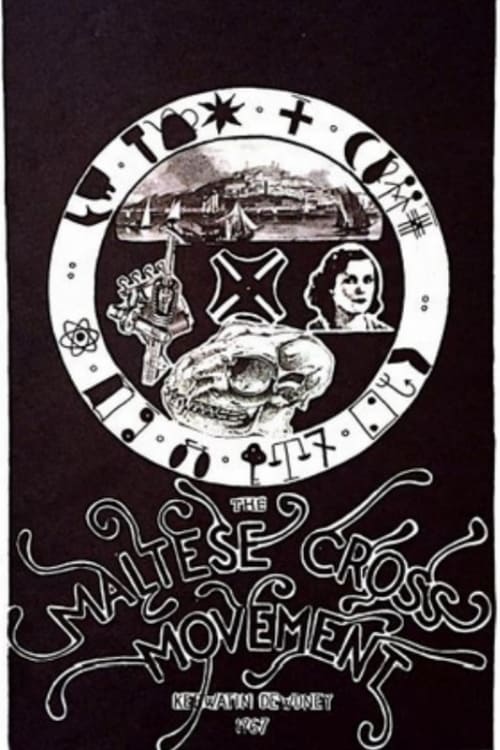The Maltese Cross Movement (1967)
Género : Documental
Tiempo de ejecución : 7M
Director : Alexander Keewatin Dewdney
Sinopsis
The film reflects Dewdney's conviction that the projector, not the camera, is the filmmaker's true medium. The form and content of the film are shown to derive directly from the mechanical operation of the projector - specifically the maltese cross movement's animation of the disk and the cross illustrates graphically (pun intended) the projector's essential parts and movements. It also alludes to a dialectic of continuous-discontinuous movements that pervades the apparatus, from its central mechanical operation to the spectator's perception of the film's images... (His) soundtrack demonstrates that what we hear is also built out of continuous-discontinuous 'sub-sets.'

The film reflects Dewdney's conviction that the projector, not the camera, is the filmmaker's true medium. The form and content of the film are shown to derive directly from the mechanical operation of the projector - specifically the maltese cross movement's animation of the disk and the cross illustrates graphically (pun intended) the projector's essential parts and movements. It also alludes to a dialectic of continuous-discontinuous movements that pervades the apparatus, from its central mechanical operation to the spectator's perception of the film's images... (His) soundtrack demonstrates that what we hear is also built out of continuous-discontinuous 'sub-sets.'

Peter Whitehead’s disjointed Swinging London documentary, subtitled “A Pop Concerto,” comprises a number of different “movements,” each depicting a different theme underscored by music: A early version of Pink Floyd’s “Interstellar Overdrive” plays behind some arty nightclub scenes, while Chris Farlowe’s rendition of the Rolling Stones’ “Out of Time” accompanies a young woman’s description of London nightlife and the vacuousness of her own existence. In another segment, the Marquess of Kensington (Robert Wace) croons the nostalgic “Changing of the Guard” to shots of Buckingham Palace’s changing of the guard, and recording act Vashti are seen at work in the studio. Sandwiched between are clips of Mick Jagger (discussing revolution), Andrew Loog Oldham (discussing his future) – and Julie Christie, Michael Caine, Lee Marvin, and novelist Edna O’Brien (each discussing sex). The best part is footage of the riot that interrupted the Stones’ 1966 Royal Albert Hall concert.

The Universal Language is a new documentary from Academy Award-nominated director Sam Green (The Weather Underground). This 30-minute film traces the history of Esperanto, an artificial language that was created in the late 1800s by a Polish eye doctor who believed that if everyone in the world spoke a common tongue, humanity could overcome racism and war. Fittingly, the word “Esperanto” means “one who hopes.” During the early 20th century, hundreds of thousands of people around the world spoke Esperanto and believed in its ideals. Today, surprisingly, a vibrant Esperanto movement still exists. In this first-ever documentary about Esperanto, Green creates a portrait of the language and those who speak it today that is at once humorous, poignant, stirring, and ultimately hopeful.

This documentary on the "youth movement" of the late 1960s focuses on the hippie pot smoking/free love culture in the San Francisco Bay area.

The mavericks whose radical ideas created modern dance in the 20th century.

"II: AN UNSPOKEN NARRATIVE" tells the story about one guy going through life alone while learning the concept of balance in an unconventional way expressed by the form of movement and storytelling. We hope to take you on a journey within a story of life experiences revolving around balance where two different concepts make you realize your worst moment to make your great moments greater. Every part of this film is up for interpretation upon your lives.
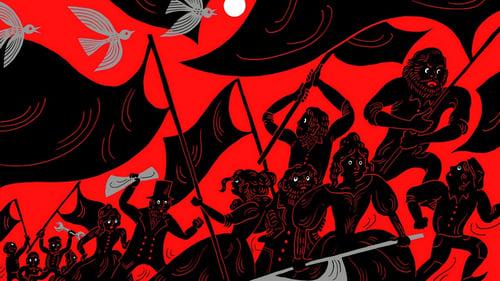
History of US labor movements and their suppression. It includes sections on the American Constitution; the Civil War draft riots; Reconstruction; Industrialization; the evolution of the police; the robber barons; early American labor unions; and major mid-to-late 19th Century labor events including the uprising of 1877, the Haymarket Affair, the Homestead strike and the New Orleans General Strike. The introduction examines the West Virginian coal wars of the early 20th Century, culminating in the Battle of Blair Mountain.

A video animation "commercial" on body movement and self awareness. Charming musical score of George Kleinsinger gives a "sing-along" pattern for dancers Lloyd Ritter and Kei Takei.

In “Everybody’s Cage”, German film artist Sandra Trostel turns John Cage and his approach to art into a tangible fascination, without giving in to explain just a single bit of it.

When our loved ones lose their strength and can no longer support us, it’s our turn to support them, and each other. Inspired by Tim's personal experiences with their mother's cancer diagnosis and treatment. A solo dance x spoken word film exploring family illness.

Made in 1980, this film explores the contemporary dance scene through the work of seven New York-based choreographers. They discuss the nature of dance and the evolution of their own work. Filmed at rehearsals, performances, and during interviews, the film is a unique primary source. The artistic roots of these seven artists can be found in Martha Graham's concern with modern life as a subject for dance and in Merce Cunningham's emphasis on the nature of movement. In the 1960s, the interaction of art forms generated choreographic innovations. Especially influential was John Cage, whose radical ideas served as a point of departure for much of the new choreography. Each of the choreographers in Making Dances draws inspiration from the Graham/Cunningham tradition, yet each makes a highly distinctive statement. Structure, movement in non-fictive time and space, and the nature of movement itself are recurring themes.

Summer 2019, Zak wanders the streets of Algiers and dives into the Hirak, a series of protests taking place in Algeria since February of that year. His chronicles are nourished by encounters with men and women who take an enlightened look at their country and its struggles: through their words, the strength and complexity of such a movement emerge.
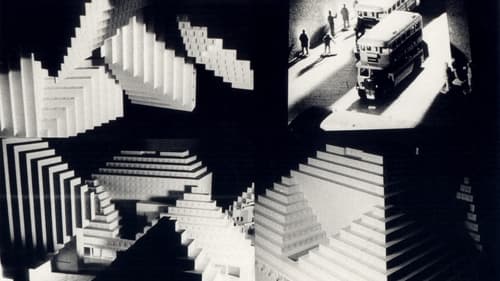
A pyramid, by no means static, is instead brought to ever-increasing movement by the use of camera motion, cuts and fades. The cinematic illusion jumbles the individual elements and unites them in a symbolic sketch of Adolf Loos' dynamic thought processes. A High Speed Journey through the spinal cord of this revolutionary architect.
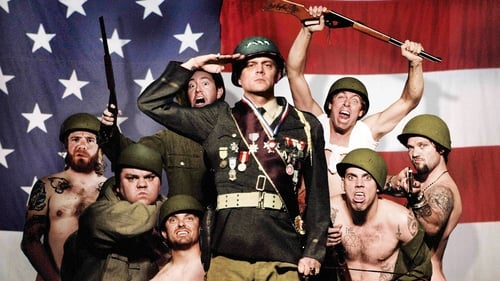
¡Han vuelto! En una película con todo el material que no pudieron incluir en la número dos. Te reirás hasta llorar y desencajar tu mandíbula a medida que Johny Knoxville y los chicos te introducen entre bambalinas con Jackass 2.5, hablando de estas increíbles e inéditas acrobacias, bromas y otros actos aleatorios de malicia y estupidez en unas hilarantes entrevistas nuevas. 90 minutos de metraje extra y de contenidos especiales. Jackass 2.5 es tan insólito, sucio y directamente sexy como sus predecesores, pero a unos niveles que no podrían verse en los cines.
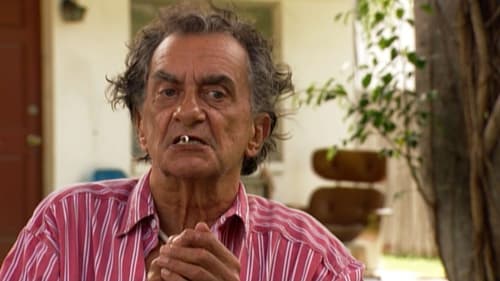
En 1972 se estrenó una película que convulsionó la realidad social estadounidense: Garganta Profunda. Estrenada en el mismo momento en que los movimientos nacionales para la liberación sexual, la igualdad de derechos y los valores contraculturales estaban alcanzando su punto álgido, esta película sexualmente explícita se convirtió inesperadamente en el epicentro de una tormenta social y política sin precedentes. El gobierno de Nixon y el FBI iniciaron una cruzada contra la película y sus creadores. Inside Deep Throat (Dentro de Garganta Profunda) es un documental en el que los directores Randy Barbato y Fenton Bailey nos proponen un viaje a los años 70, a la situación social, cultural y política de los norteamericanos, y al intenso impacto que provocó una película pornográfica, cuyo título llegó incluso a servir de referente al escándalo de Watergate que acabó costando la presidencia a Nixon.

Película documental realizado con el material grabado durante los últimos ensayos del "rey del pop" Michael Jackson (29 de agosto de 1958-25 junio de 2009), que preparaba su regreso a los escenarios cuando murió por consumo de pastillas, en circustancias todavía no del todo claras. La mayor parte del montaje del film fue rodado en junio de 2009 en el Staples Center de Los Ángeles y The Forum en Inglewood, en California, cuando Michael preparaba su 'This is it', la serie de 50 conciertos que iba a ofrecer en el O2 Arena de Londres. Dirige el documental Kenny Ortega, responsable de los "High School Musical".
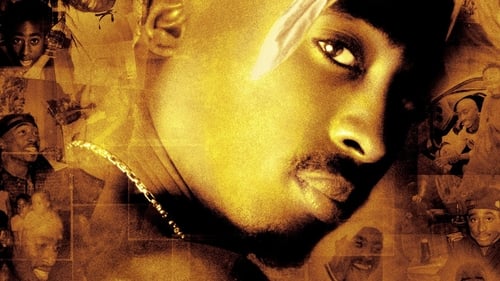
Películas caseras, fotografías y poesía recitada ilustran la vida de Tupac Shakur, uno de los MC de hip-hop más queridos, revolucionarios y volátiles de todos los tiempos.

Jens Hoffman nos muestra en este documental diversas facetas de la controversial y multimillonaria industria del entretenimiento para adultos. "9 to 5: Days in Porn" devela las realidades de quienes participan en esta industria: actores, actrices, productores, directores, agentes y distribuidores.
